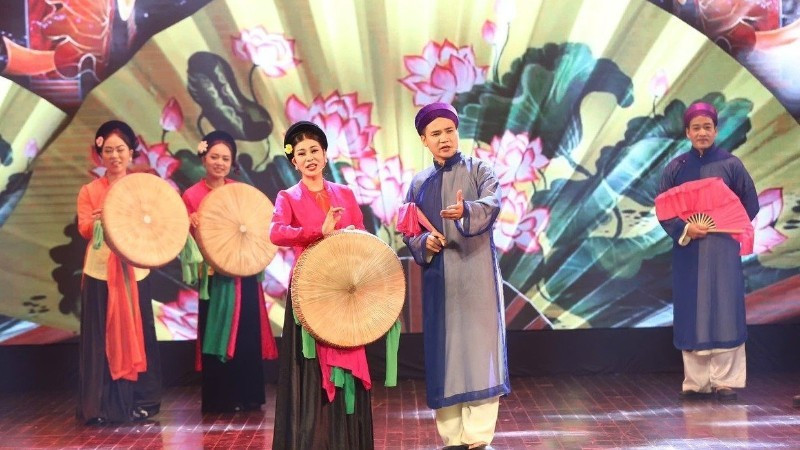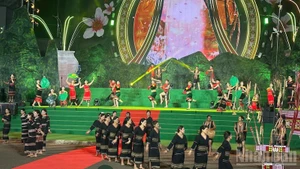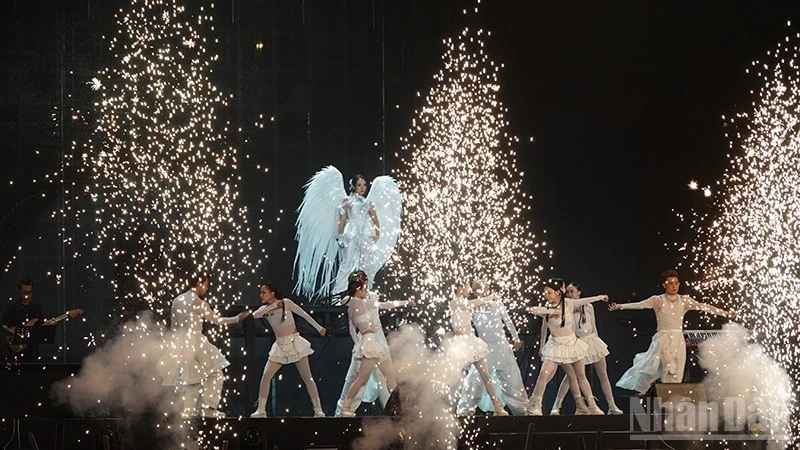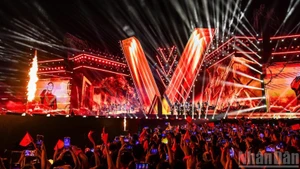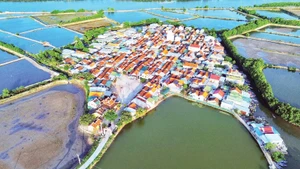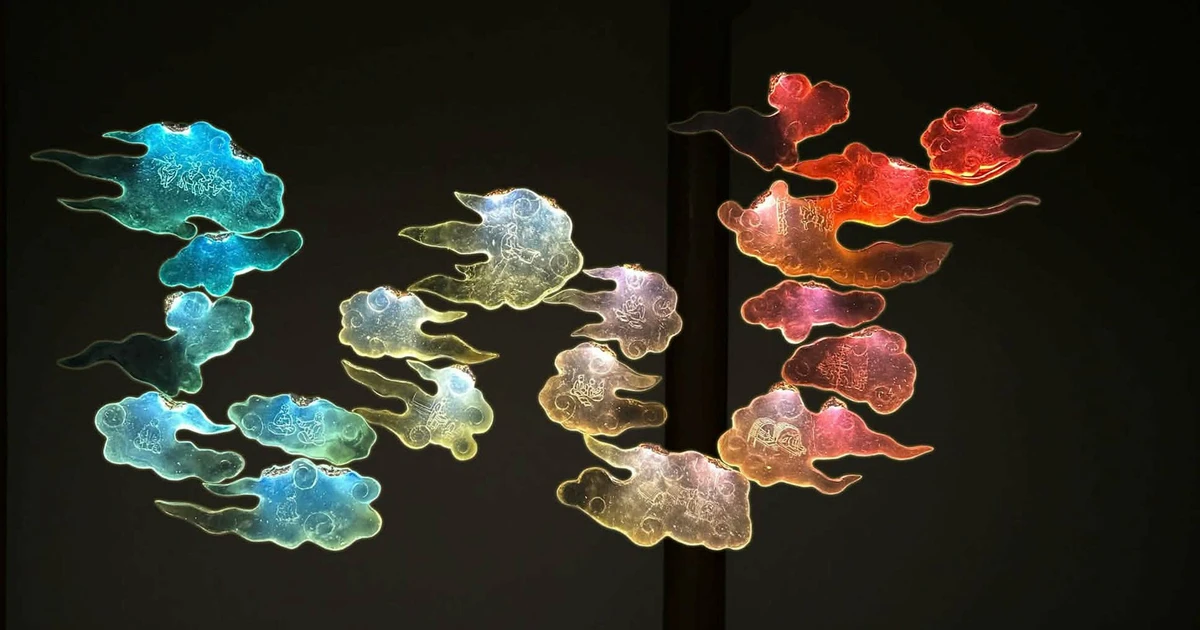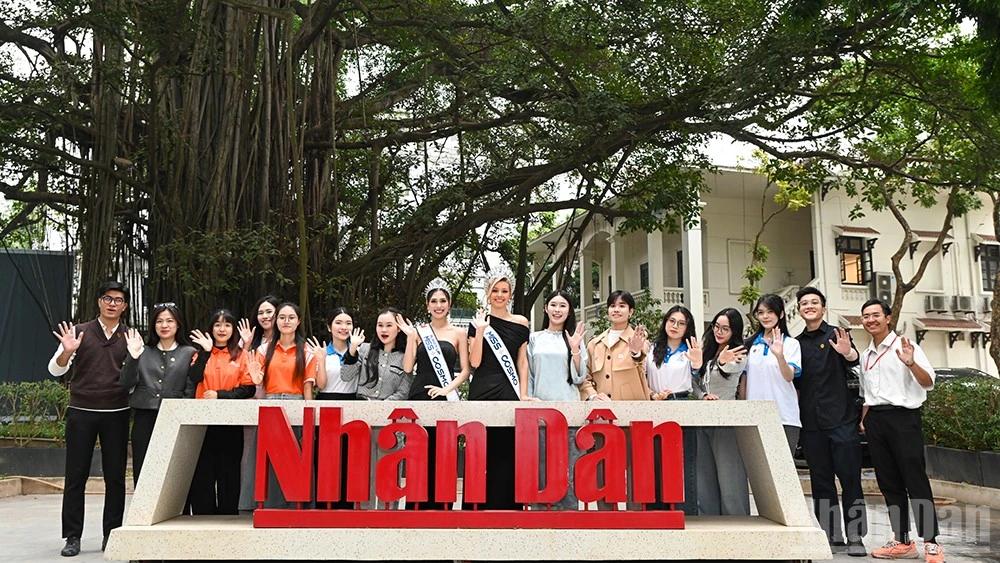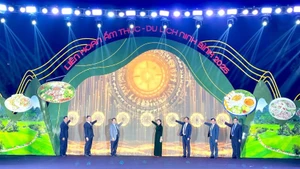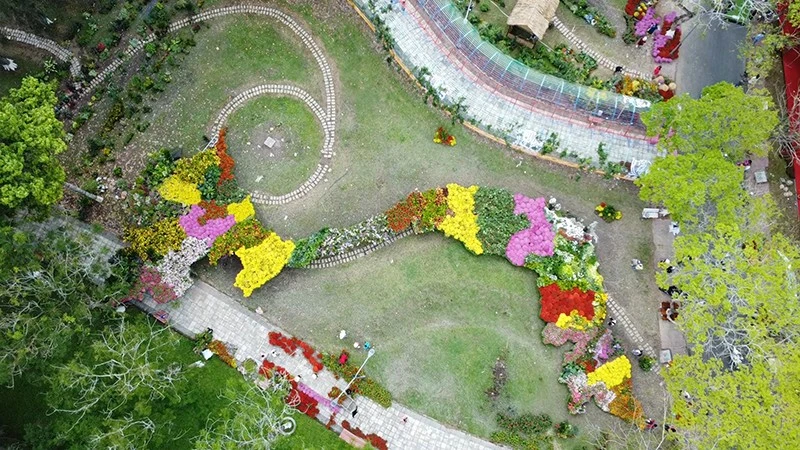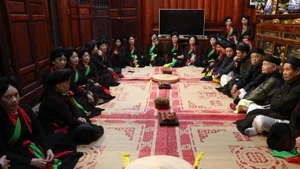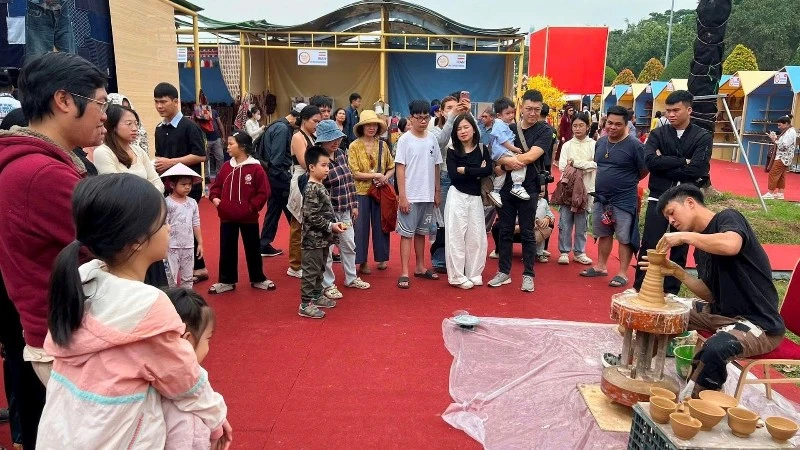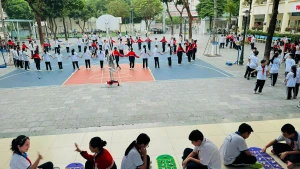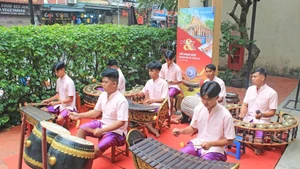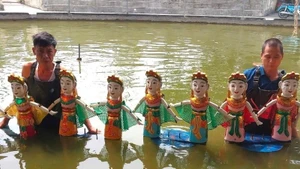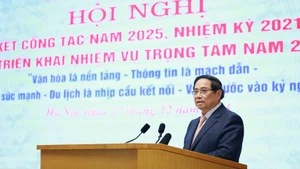In recent times, the merging of provinces and cities has reduced the number of administrative units and agency focal points while expanding development spaces, creating favourable conditions for local culture and arts to affirm their identity and spread more strongly. This presents a strategic opportunity to concentrate human, financial and material resources, thereby improving the quality of creation and performance.
After the mergers, local literature and art associations have been able to organise large-scale cultural events that transcend old administrative boundaries, contributing to promoting local and regional identities to the world. This not only reduces administrative costs but also fosters cultural exchange, bringing new vitality to traditional values and meeting the diverse needs of the public in the context of integration.
According to Decree No. 137/2025/ND-CP (dated June 12, 2025) issued by the government, provincial-level authorities are granted autonomy in heritage preservation, festival organisation, and support for local artists. From here, local cultural units after the mergers quickly came into order, focusing resources on major projects such as preserving traditional arts or developing the digitalisation of literature and arts.
Moreover, the integration of mass associations, including literature and art associations, into the Viet Nam Fatherland Front creates more opportunities for artists to participate in policy-making, ensuring that culture is not only a product but also a driving force for social development.
However, some artists are concerned about the potential fading of local cultural identities after the mergers or difficulties in adjusting personnel in line with the requirement to reduce staff by at least 20% from 2026. If not addressed promptly, these concerns could affect creative motivation and the quality of cultural and artistic products. Therefore, management work must make proactive adjustments, strengthen professional training, resolve psychological concerns, stimulate creativity, and ensure internal stability for the cultural and artistic system after restructuring.
According to experts, the merger of the Viet Nam Cai Luong Theatre, the Viet Nam Cheo Theatre, and the Viet Nam Tuong Theatre into the Viet Nam National Traditional Theatre under Decision No. 1270/QD-TTg (dated June 24, 2025), as issued by the Prime Minister, has created a “revolution” in the preservation of folk arts.
People’s Artist Le Tuan Cuong, Deputy Director in charge of the Viet Nam Cheo Theatre, shared: “The merger of the theatres does not blur the identity of each art form but, on the contrary, is a precious opportunity for the units to work together, share responsibilities, and build stronger and more developed organisations.” At present, the human resources of the three merged theatres are quite abundant, providing an advantage for the Viet Nam National Traditional Theatre to form a truly powerful national art complex, meeting the expectations of the Party and the State.
Cultural management must be closer to artists, turning concerns after restructuring into creative motivation by building a democratic environment, providing psychological support and encouraging innovation.
Assoc. Prof. Dr. Nguyen The Ky, Vice Chairman of the Party Central Committee’s Theoretical Council
In response to the demands of the new situation, the management of culture and arts faces challenges that require comprehensive solutions. Prof. Dr. Nguyen Dang Diep, former Director of the Viet Nam Institute of Literature, stressed that it is necessary to decisively shift from an administrative management mindset to a creative one, encouraging innovation and maximising the potential of literature and art actors. Institutional building needs to be associated with an inter-sectoral vision — connecting literature and arts with culture, economy, education and science and technology — to create comprehensive breakthroughs.
At the same time, it is necessary to streamline the cultural and artistic management apparatus, clearly defining functions and tasks to reduce overlap and enhance efficiency and effectiveness. This solution helps prevent resource wastage after the mergers by strengthening supervision and evaluating the effectiveness of units’ activities, thereby ensuring resources are allocated rationally and avoiding equal distribution.
In the context of the Fourth Industrial Revolution, promoting the application of digital technology is a key solution to improve management efficiency. For example, digitising cultural heritage (such as 3D databases for monuments) not only ensures long-term preservation but also connects better with the public. Similarly, promoting culture and arts through social media and virtual reality (VR) will expand audiences, especially among the younger generation.
To address the challenges of restructuring, management work must focus on understanding the concerns and aspirations of artists through regular dialogue mechanisms, promptly resolving issues and retaining talent to avoid “brain drain”.
Assoc. Prof. Dr. Nguyen The Ky, Vice Chairman of the Party Central Committee’s Theoretical Council, emphasised: “Cultural management must be closer to artists, turning concerns after restructuring into creative motivation by building a democratic environment, providing psychological support and encouraging innovation.” At the same time, the state needs to pay attention to nurturing and developing young artists, with preferential mechanisms for high-quality human resources.
